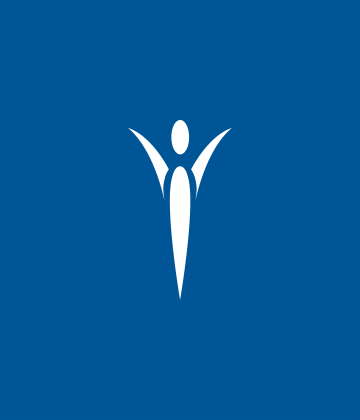Worden Laboratory
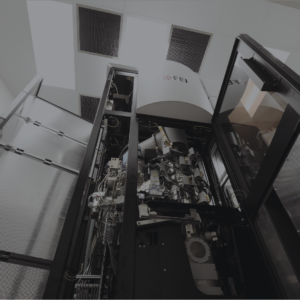
Structural Biology of Epigenetic Complexes
Approximately 45% of the human genome consists of repetitive DNA sequences derived from endogenous retrotransposons. While formerly derided as “junk” DNA, these ancient mobile DNA elements have played a major role in shaping our genome and continue to pose serious risks to genome integrity and human health. Because of the acute danger of retrotransposon expression, the cell has evolved intricate epigenetic mechanisms to repress retrotransposon expression using both histone and DNA modifications. Our lab leverages cryo-electron microscopy (cryo-EM) to decipher the structural and biochemical mechanisms that regulate the chromatin-modifying complexes that regulate the expression of retrotransposons, which are important for the formation of cancer and are attractive targets for anti-cancer treatments.
Recent News & Press
Learn More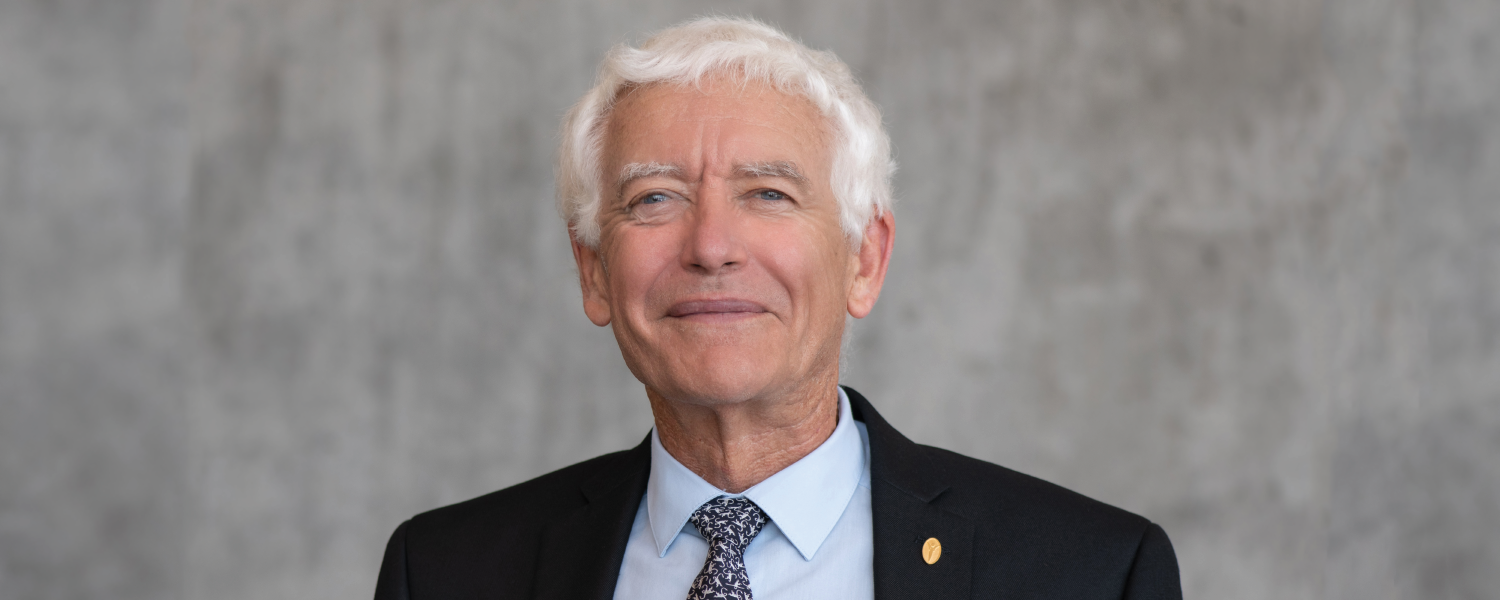
Van Andel Institute chief scientist earns $7.9 million Outstanding Investigator Award to support cancer research

Did you miss our 2022 Public Lecture Series? We have you covered.

Graduate student spotlight: Studying the genetic code in search of ways to prevent illness
Our Impact
We’re raising thousands to save millions.
We’re turning hope into action for the millions of people around the world affected by diseases like cancer and Parkinson’s. Find out how you can help us make a difference.
- 122 peer-reviewed papers published in 2024, 63 of which were in high-impact journals
- 15 VAI-SU2C Epigenetics Dream Team clinical trials launched to date
- 10 clinical trials co-funded by VAI & Cure Parkinson's (out of 41 total International Linked Clinical Trials Program trials)
Evan Worden, Ph.D.
Assistant Professor, Department of Structural Biology
Areas of Expertise
Structural biology, cryo-EM, epigenetics, ubiquitin, posttranslational modifications, DNA-protein complexes, biochemical reconstitutions
Biography
Dr. Evan Worden leverages breakthrough technologies such as cryo-EM to investigate the epigenetic mechanisms underpinning cancer, with a focus on posttranslational histone modifications. He earned his Ph.D. in molecular and cell biology from University of California, Berkeley, under the mentorship of Dr. Andreas Martin. Dr. Worden’s graduate work explored protein degradation by the 26S proteasome and answered long-standing questions about the mechanisms that link ubiquitin removal and protein degradation. From there, he joined the lab of Dr. Cynthia Wolberger at Johns Hopkins University as a postdoctoral fellow. Using cryo-EM and biochemical approaches, he elucidated novel functions of Dot1L and COMPASS, two histone lysine methyltransferases that play key roles in gene transcription. In 2021, Dr. Worden joined Van Andel Institute’s Department of Structural Biology as an assistant professor.
He has earned numerous prestigious awards for his research, including a Damon Runyon Cancer Research Foundation Postdoctoral Fellowship, the Paul Ehrlich Award for Postdoctoral Research from Johns Hopkins, and the Nicholas Cozzarelli Prize for best Ph.D. thesis from University of California, Berkeley. In 2020, he was a finalist for the Damon Runyon Dale Frey Award.
SELECTED PUBLICATIONS
Panwar HS, Vos TJ, Xie X, Jang HJ, Lee H, Sheldon RD, Worden EJ, Kothe U. 2025. Interprotomer communication and functional asymmetry in H/ACA snoRNPs. Proc Natl Acad Sci U S A 122(51).
Kariapper L, Marathe IA, Niesman AB, Suino-Powell K, Chook YM, Wysocki VH, Worden EJ. 2025. Setdb1 and Atf7IP form a hetero-trimeric complex that blocks Setdb1 nuclear export. J Biol. Chem. 110171.
Liu Y, Hrit JA, Chomiak AA, Stransky S, Hoffman JR, Tiedemann RL, Wiseman AK, Kariapper LS, Dickson BM, Worden EJ, Fry CJ, Sidoli S, Rothbart SB. 2024. DNA hypomethylation promotes UHRF1-and SUV39H1/H2-dependent crosstalk between H3K18ub and H3K9me3 to reinforce heterochromatin states. Mol Cell.
Rahman S, Hoffmann NA, Worden EJ, Smith ML, Namitz KEW, Knutson BA, Cosgrove MS, Wolberger C. 2022. Multistate structures of the MLL1-WRAD complex bound to H2B-ubiquitinated nucleosome. Proc Natl Acad Sci U S A 119: e2205691119.
Worden EJ, Zhang X, Wolberger C. 2020. Structural basis for COMPASS recognition of an H2B-ubiquitinated nucleosome. eLife 9.
Worden EJ, Wolberger C. 2019. Activation and regulation of H2B-Ubiquitin-dependent histone methyltransferases. Curr Opin Struct Biol 59:98–106.
Worden EJ, Hoffmann NA, Hicks CW, Wolberger C. 2019. Mechanism of cross-talk between H2B ubiquitination and H3 methylation by Dot1L. Cell 176(6):1490–1501.e12.
Worden EJ, Dong KC, Martin A. 2017. An AAA motor-driven mechanical switch in Rpn11 controls deubiquitination at the 26S proteasome. Mol Cell 67(5):799-811.e798.
Dambacher CM*, Worden EJ*, Herzik MA*, Martin A, Lander GC. 2016. Atomic structure of the 26S proteasome lid reveals the mechanism of deubiquitinase inhibition. eLife 5:e13027.
*Co-first authors
Worden EJ, Padovani C, Martin A. 2014. Structure of the Rpn11-Rpn8 dimer reveals mechanisms of substrate deubiquitination during proteasomal degradation. Nat Struct Mol Biol 21:220–227.
Beckwith R, Estrin E, Worden EJ, Martin A. 2013. Reconstitution of the 26S proteasome reveals functional asymmetries in its AAA+ unfoldase. Nat Struct Mol Biol 20(10):1164–1172.
Thoren KL, Worden EJ, Yassif JM, Krantz BA. 2009. Lethal factor unfolding is the most force-dependent step of anthrax toxin translocation. Proc Natl Acad Sci U S A 106(51):21555–21560.
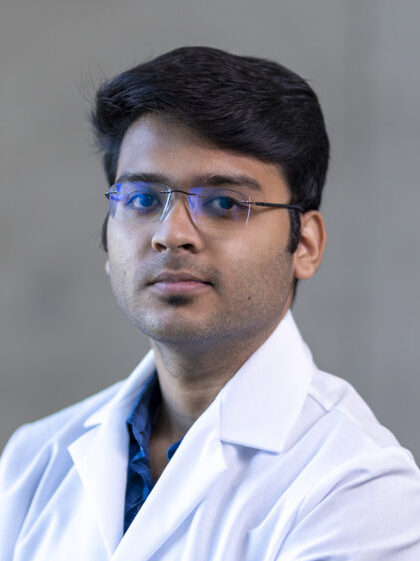
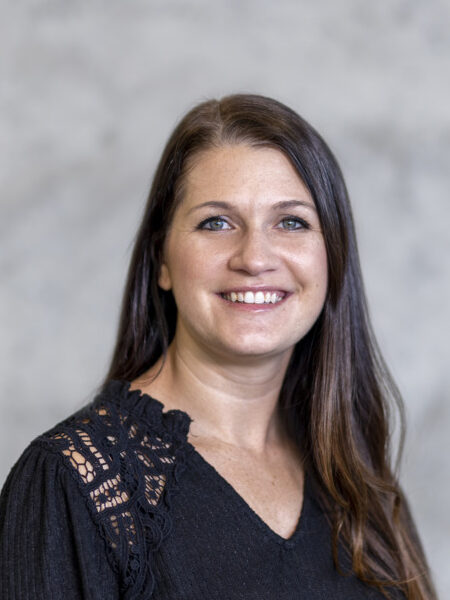
Nancy Duchaine
Senior Administrative Assistant I, Department of Structural Biology

Anjali Malik, Ph.D.
Research Scientist, Department of Structural Biology

Shantinique Miller
Ph.D. Student, VAI Graduate School
Thesis: Determining how intracellular bacteria pathogens interact with the human genome




